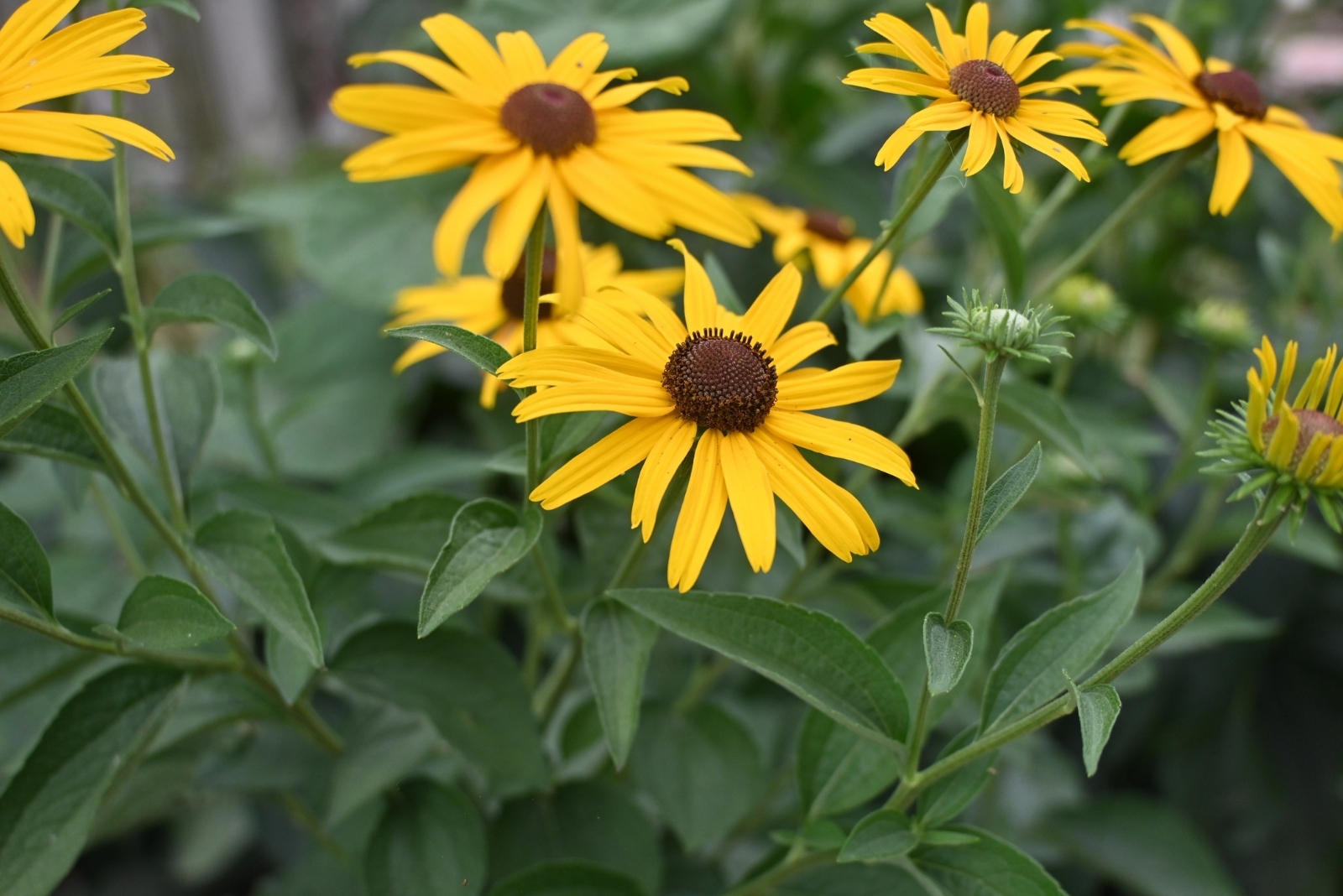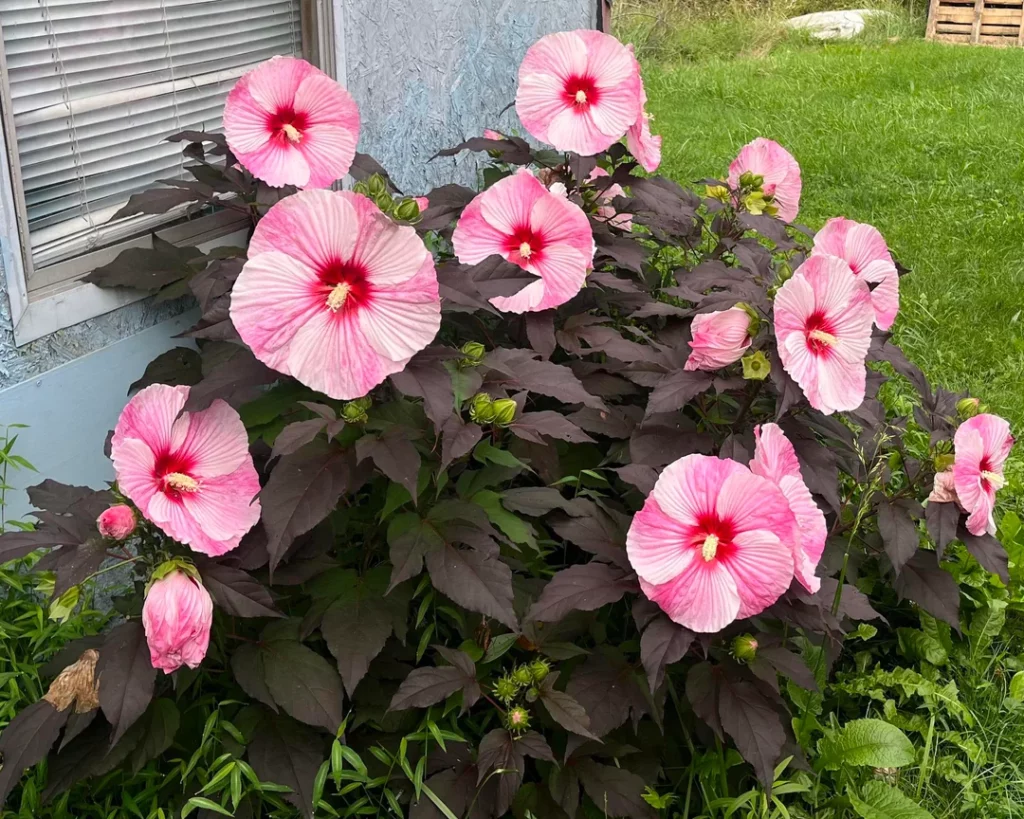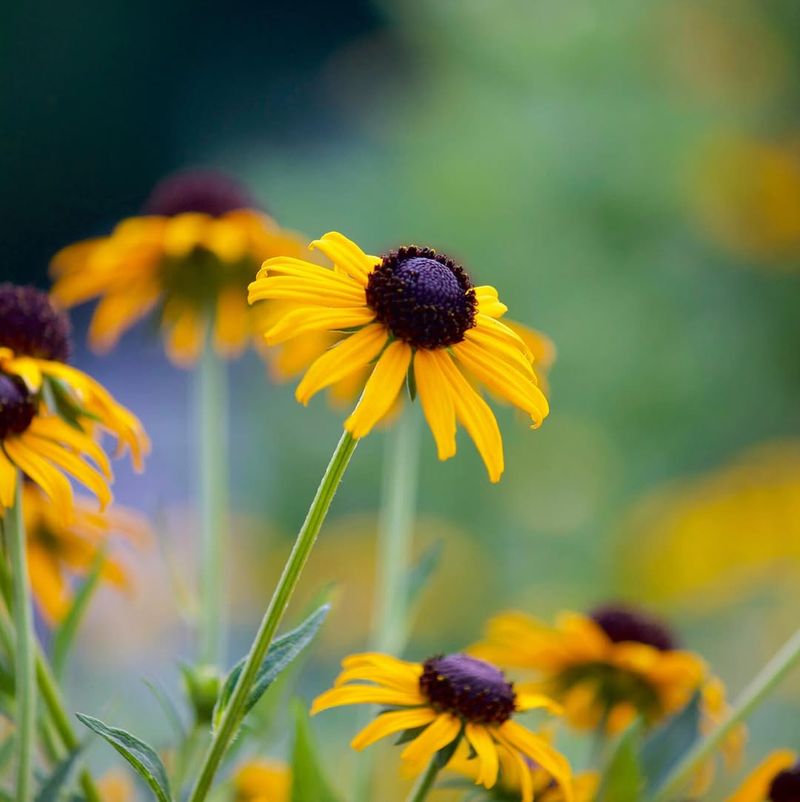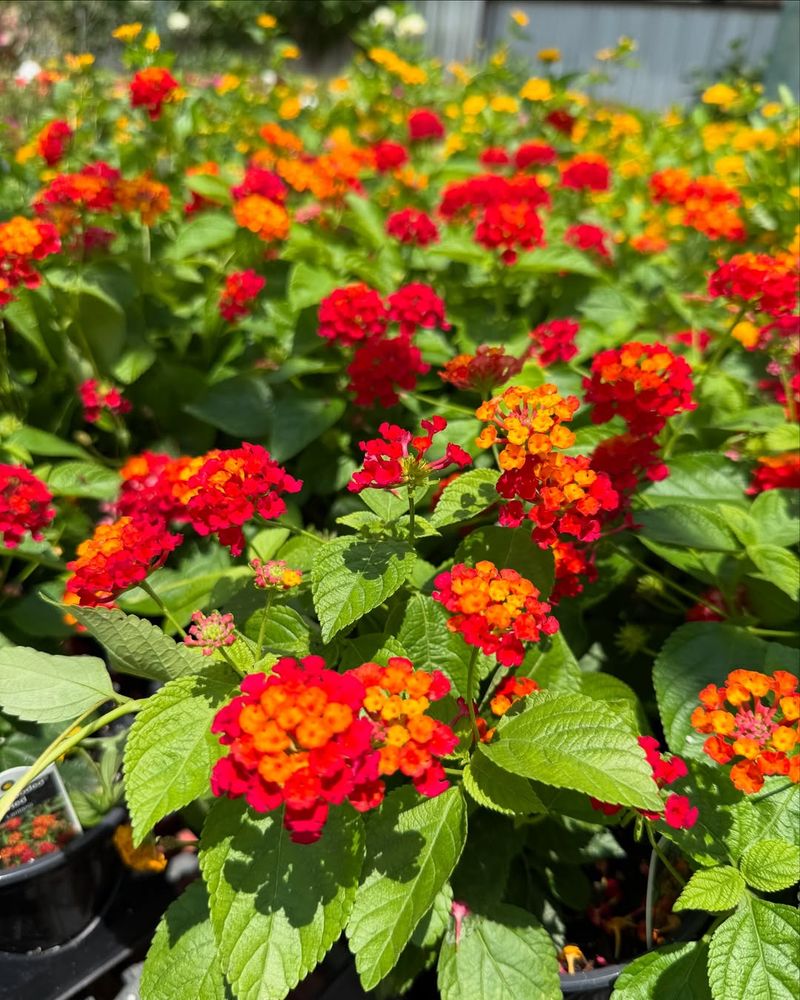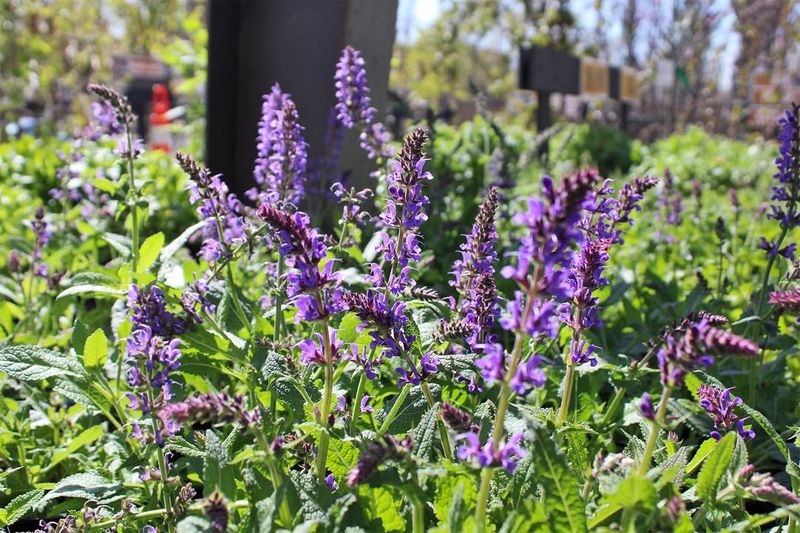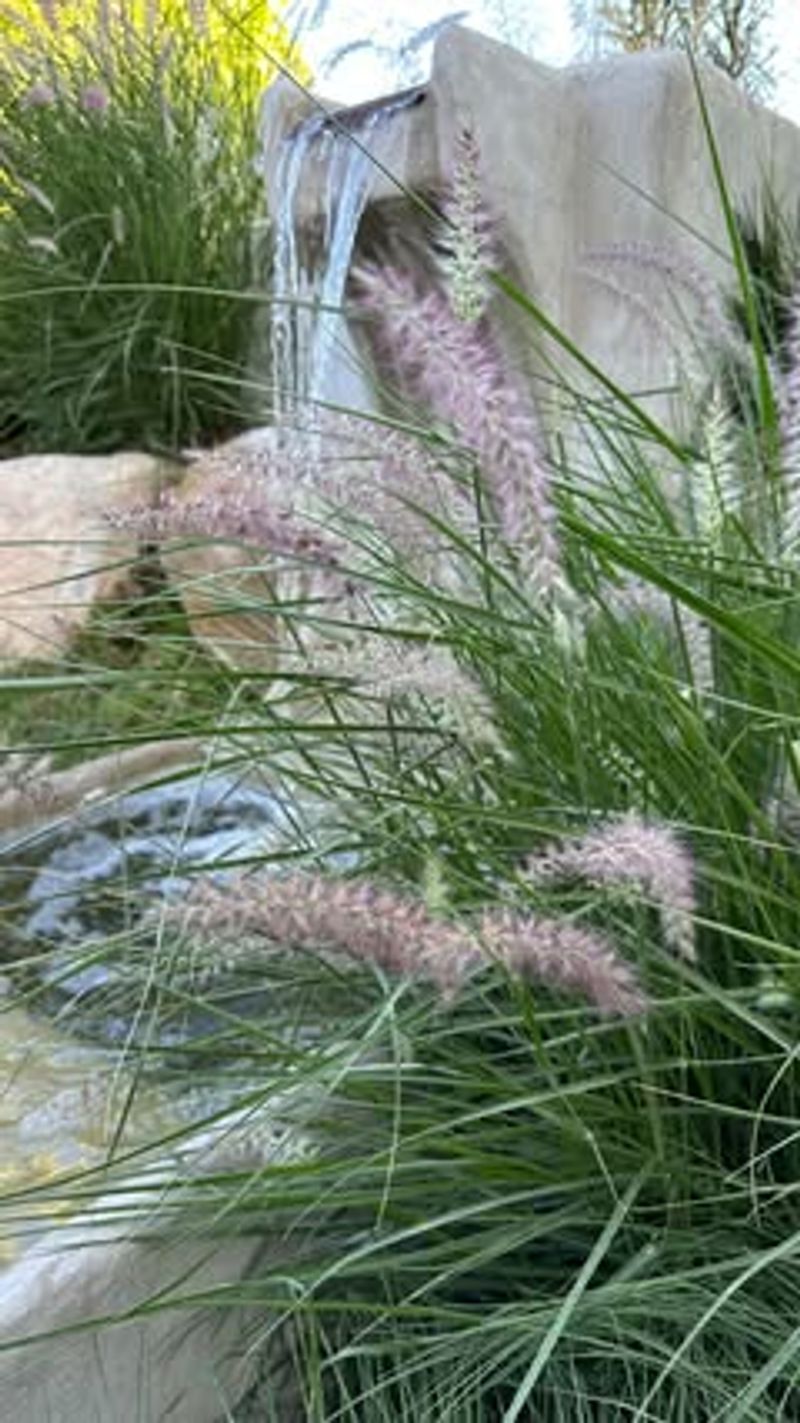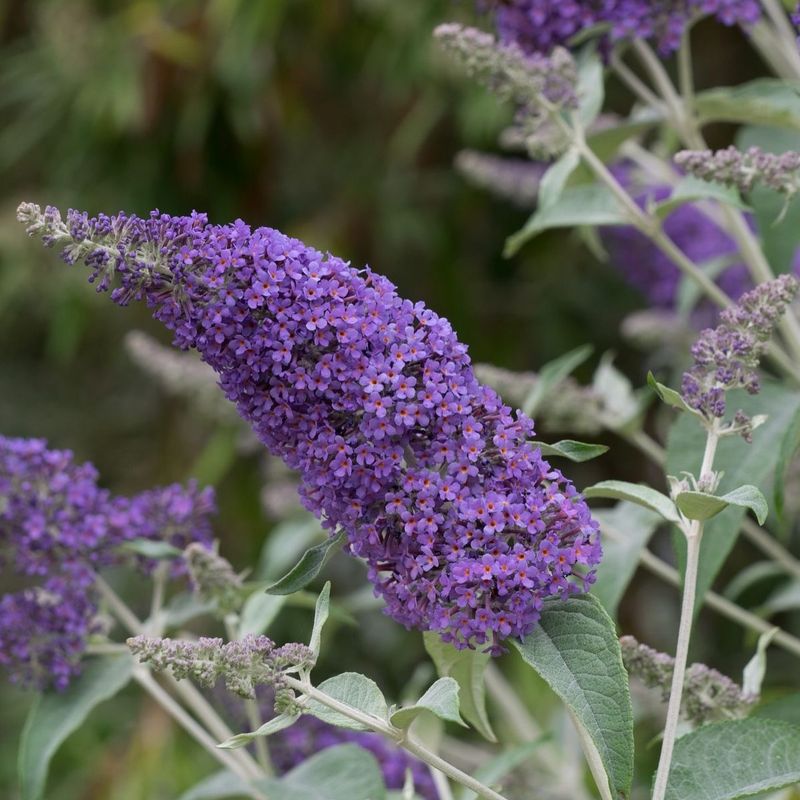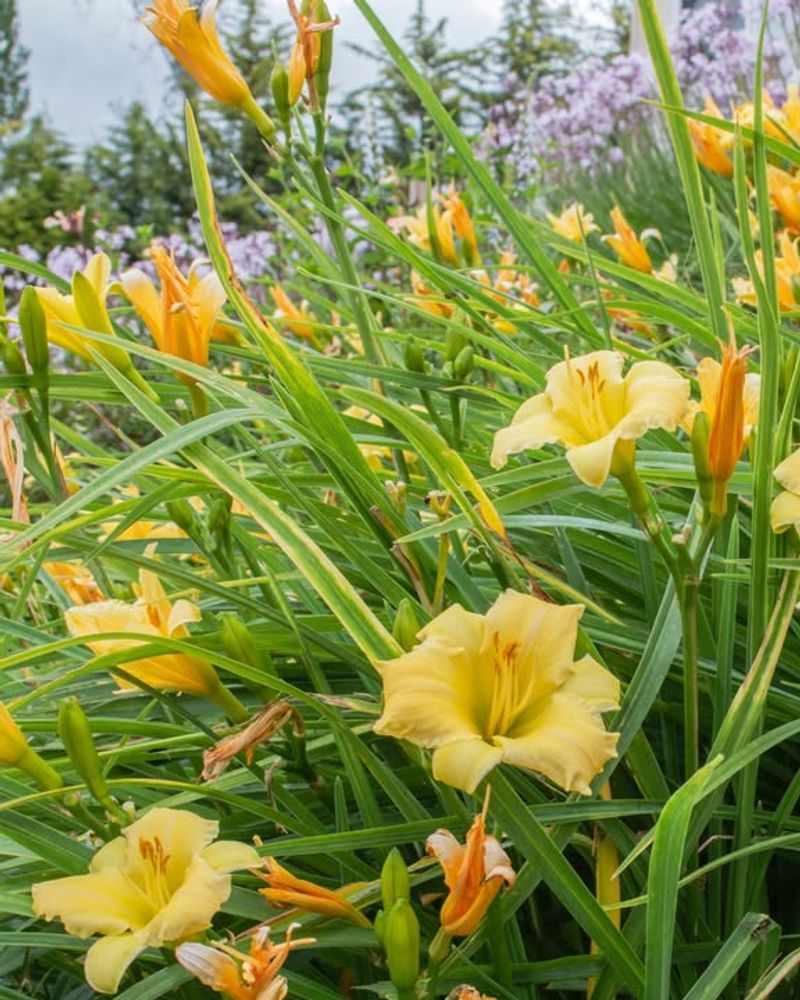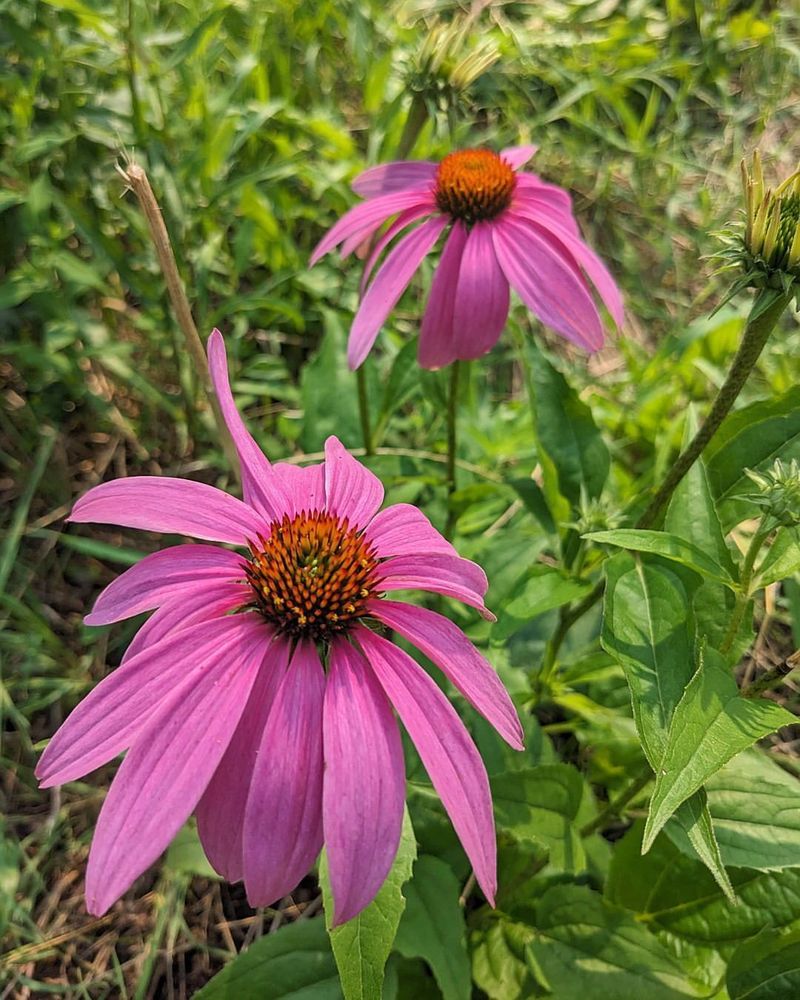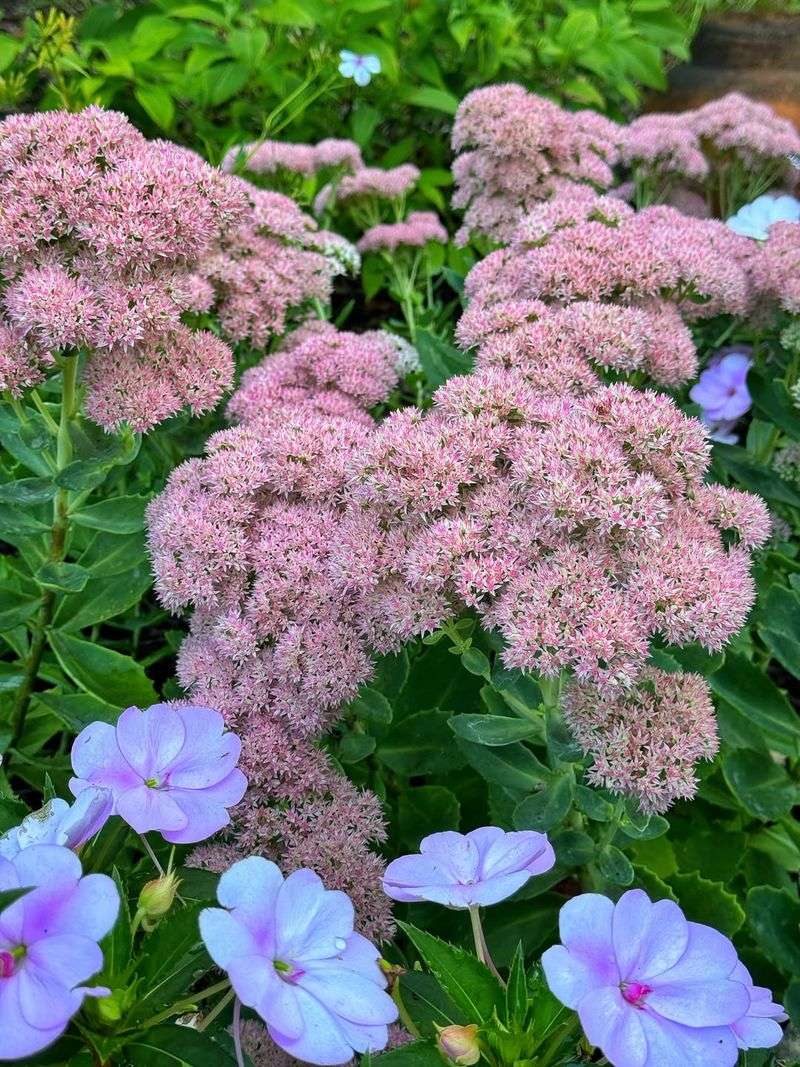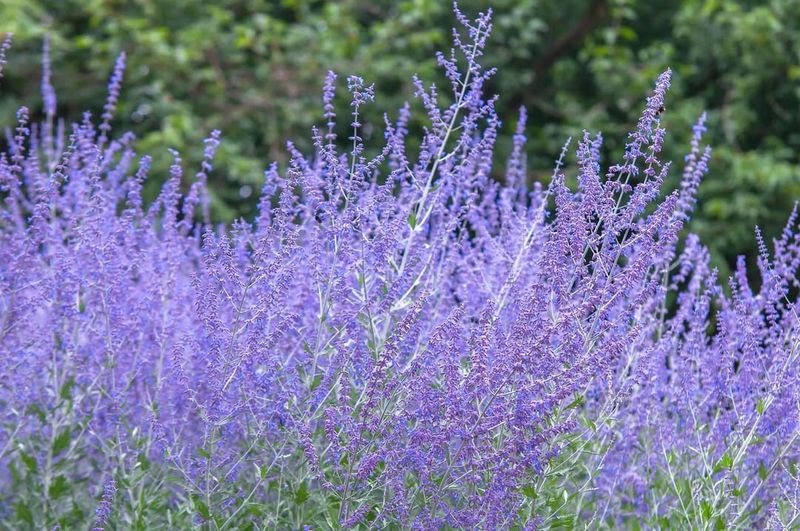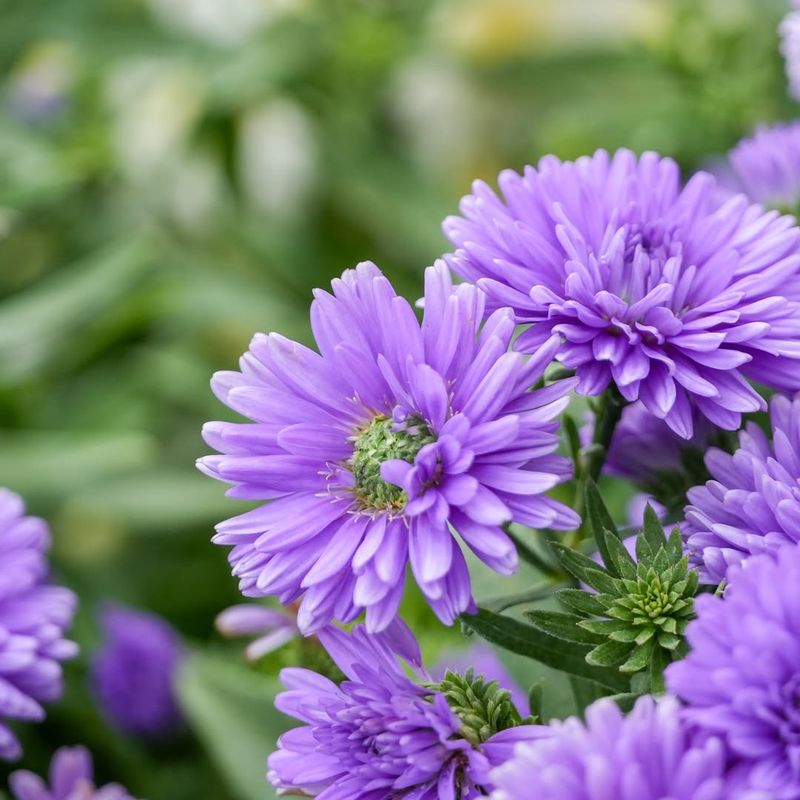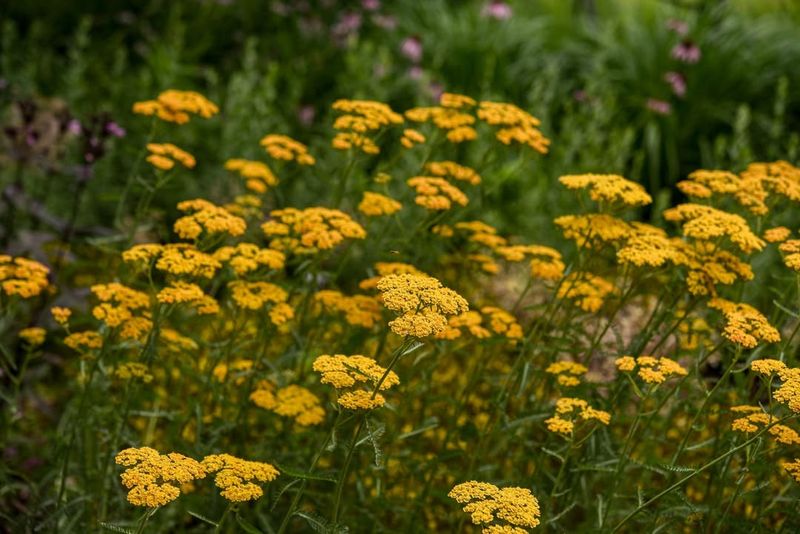October in Alabama is the perfect time to tidy up your garden before winter sets in. Some plants benefit from a careful trim now, while others are best left alone.
Knowing which ones to cut back keeps your garden healthy and ready for next spring. A little pruning now pays off with stronger growth later.
1. Perennial Hibiscus
Once the first frost hits Alabama, perennial hibiscus starts looking pretty ragged with browning leaves and dying stems. Cutting it back to about six inches from the ground helps prevent pests and diseases from overwintering in the old growth.
Don’t worry if it looks bare afterward. This hardy plant will bounce back beautifully come spring with fresh, vigorous shoots.
Mark the spot so you remember where it’s planted during the dormant months ahead.
2. Black-Eyed Susans
These cheerful yellow bloomers have likely finished their show by October across Alabama gardens. Trimming them back now tidies up your beds and removes spent foliage that could harbor fungal spores through winter.
Cut the stems down to the basal foliage at ground level. Some gardeners leave a few seed heads for birds, which is perfectly fine too.
Either way, your plants will return stronger and healthier next growing season.
3. Lantana
Lantana thrives in Alabama’s warm summers but can get leggy and overgrown by fall. October is ideal for cutting back this heat-loving plant to about one-third of its height.
In North Alabama, lantana often dies back completely with frost, so you can cut it to the ground. Central and South Alabama gardeners might see it survive as a woody shrub.
Either way, pruning encourages bushier, more compact growth when warm weather returns.
4. Salvia
By October, most salvia varieties in Alabama have finished blooming and developed woody, untidy stems. Cutting them back by half or two-thirds removes this scraggly growth and prepares plants for dormancy.
Salvias respond wonderfully to fall pruning with fuller, more vigorous spring growth. Leave a few inches of stem above the crown to protect the plant’s base.
This simple step keeps your salvias looking their best year after year.
5. Ornamental Grasses
Warm-season grasses like maiden grass and muhly grass put on stunning fall displays across Alabama with their colorful plumes. However, once they turn brown and dormant, it’s time to cut them back.
Use sharp shears or hedge trimmers to cut the entire clump down to about four to six inches above ground. Wear gloves because those blade-like leaves can be sharp!
Your grasses will emerge fresh and beautiful next spring.
6. Butterfly Bush
Butterfly bushes grow vigorously throughout Alabama’s long growing season, often becoming quite large and unwieldy by fall. October pruning helps control their size and shape before winter arrives.
Cut back about one-third of the plant’s height, removing any dead or diseased wood you find. Some gardeners wait until late winter for major pruning, but a light fall trim keeps things manageable.
Either approach works well in Alabama’s mild climate.
7. Daylilies
After months of beautiful blooms, daylily foliage starts looking tired and spotted by October in Alabama gardens. Cutting back the yellowing leaves to about three inches above ground improves garden appearance and removes disease-prone foliage.
Daylilies are incredibly tough and will handle this trimming without complaint. Rake away the cut foliage to prevent it from smothering nearby plants.
Your daylilies will reward you with fresh growth next spring.
8. Coneflowers
Coneflowers are Alabama garden favorites that bloom reliably through summer and into fall. Once they finish flowering and the foliage begins declining, cut them back to basal growth near the soil line.
You might choose to leave some seed heads standing for winter interest and to feed hungry birds. The remaining stems can be removed in late winter if you prefer.
Either method works beautifully for these dependable perennials in Alabama gardens.
9. Sedum
Tall sedum varieties like Autumn Joy provide stunning fall color in Alabama gardens with their rust-colored flower heads. Once these blooms fade and collapse, it’s time to cut the plants back to ground level.
Sedums are succulents that rot easily in Alabama’s wet winters if old growth remains. Clean pruning prevents this problem and keeps plants healthy.
New growth will emerge readily when spring warmth arrives across the state.
10. Russian Sage
Russian sage develops beautiful silvery foliage and lavender blooms that last well into fall across Alabama. By October, the stems become woody and the plant looks less attractive, signaling pruning time.
Cut the entire plant back to about six to eight inches from the ground. This woody-based perennial benefits from hard pruning that encourages fresh, compact growth.
Alabama gardeners will see vigorous new shoots emerging in spring from the pruned base.
11. Asters
Fall-blooming asters provide gorgeous color late in the season throughout Alabama gardens. Once they finish flowering and frost damages the foliage, cut them back to about two inches above ground level.
Removing spent aster growth prevents powdery mildew and other diseases from overwintering. The plants will rest through winter and return with healthy new growth in spring.
This simple maintenance step keeps your asters blooming beautifully year after year in Alabama.
12. Yarrow
Yarrow blooms prolifically through summer in Alabama gardens but becomes scraggly and brown by October. Cutting the entire plant back to its basal foliage refreshes the area and removes unattractive dead stems.
Yarrow is drought-tolerant and tough, handling fall pruning without any issues. The basal rosette of leaves often stays semi-evergreen through Alabama’s mild winters.
Come spring, fresh flowering stems will shoot up vigorously from the pruned crown for another season of blooms.

